The CISO’s Role in Securing IoT in a Connected World
The rapid proliferation of IoT devices from smart manufacturing sensors to healthcare wearables—has transformed organizational operations and expanded risk landscapes, making Securing IoT for CISOs a growing priority. For Chief Information Security Officers (CISOs), this evolution demands a recalibration of traditional security strategies. IoT ecosystems introduce unique vulnerabilities: heterogeneous device architectures, fragmented communication protocols, and […] The post The CISO’s Role in Securing IoT in a Connected World appeared first on Cyber Security News.

The rapid proliferation of IoT devices from smart manufacturing sensors to healthcare wearables—has transformed organizational operations and expanded risk landscapes, making Securing IoT for CISOs a growing priority.
For Chief Information Security Officers (CISOs), this evolution demands a recalibration of traditional security strategies.
IoT ecosystems introduce unique vulnerabilities: heterogeneous device architectures, fragmented communication protocols, and often-inadequate default security configurations.
With Gartner predicting over 25 billion IoT connections by 2027, CISOs must transition from reactive technologists to proactive business leaders who integrate security into innovation pipelines.
This article examines how CISOs can champion IoT security through strategic governance, technical frameworks, and organizational transformation, ensuring resilience in an era where cyber-physical systems dominate critical infrastructure.
Redefining Leadership in the IoT Security Landscape
Modern CISOs must operate at the intersection of technology and business strategy. IoT security challenges cannot be solved through firewalls alone-they require reimagining risk management frameworks to account for devices that blur digital and physical boundaries.
A pharmaceutical company’s connected drug manufacturing systems, for instance, demand security protocols that protect intellectual property while ensuring patient safety.
Effective CISOs bridge this gap by cultivating cross-departmental partnerships, educating stakeholders about IoT-specific threats like firmware exploits or supply chain compromises, and advocating for security investments that align with business outcomes.
This leadership extends to vendor management, ensuring third-party IoT solutions meet stringent security benchmarks before integration into corporate networks.
Building an Adaptive IoT Defense Strategy
IoT environments demand security frameworks that address three core dimensions: device integrity, data sovereignty, and operational continuity.
- Lifecycle Management: Implement automated device onboarding/offboarding systems with cryptographic identity verification, ensuring only authorized devices join networks.
- Context-Aware Monitoring: Deploy AI-driven anomaly detection systems that analyze device behavior patterns across operational technology (OT) and IT environments.
- Zero Trust Architecture: Enforce micro-segmentation policies that isolate IoT devices from critical assets, requiring continuous authentication for lateral movement.
- Resilience Engineering: Develop fail-safe mechanisms for IoT-dependent processes, such as manual override capabilities for smart grid systems during cyberattacks.
- Regulatory Harmonization: Map security controls to evolving standards like ISO/IEC 27402:2023 for IoT data protection and NIST IR 8259B for device cybersecurity baselines.
These strategies must be underpinned by real-time asset inventories that track device firmware versions, patch statuses, and communication endpoints.
For example, a smart city CISO might use blockchain to create immutable logs for traffic management sensors, preventing adversarial manipulation of infrastructure data.
Cultivating a Culture of Cyber-Physical Vigilance
Securing IoT at scale requires transforming organizational mindsets. CISOs must position security as an innovation catalyst rather than a constraint, particularly when competing for IoT-driven market advantages.
In the automotive sector, this involves collaborating with R&D teams to embed security into vehicle-to-everything (V2X) communication systems during design phases-not as post-production add-ons. Successful CISOs employ two critical levers:
- Boardroom Advocacy: Translate technical risks into financial metrics. For instance, quantify the potential revenue impact of a compromised IoT-enabled medical device versus the cost of implementing hardware-based root-of-trust mechanisms.
- Workforce Empowerment: Develop IoT security playbooks tailored to different roles-supply chain managers need checklists for vetting device vendors, while factory operators require protocols for identifying suspicious sensor behavior.
This cultural shift is exemplified by energy companies that conduct “cyber-physical war games,” simulating attacks on smart grid systems to test incident response plans and foster cross-departmental accountability.
By aligning IoT security with operational resilience and business growth objectives, CISOs transform from risk mitigators to strategic enablers in the connected economy.
Find this News Interesting! Follow us on Google News, LinkedIn, & X to Get Instant Updates!
The post The CISO’s Role in Securing IoT in a Connected World appeared first on Cyber Security News.
_Andy_Dean_Photography_Alamy.jpg?width=1280&auto=webp&quality=80&disable=upscale#)




















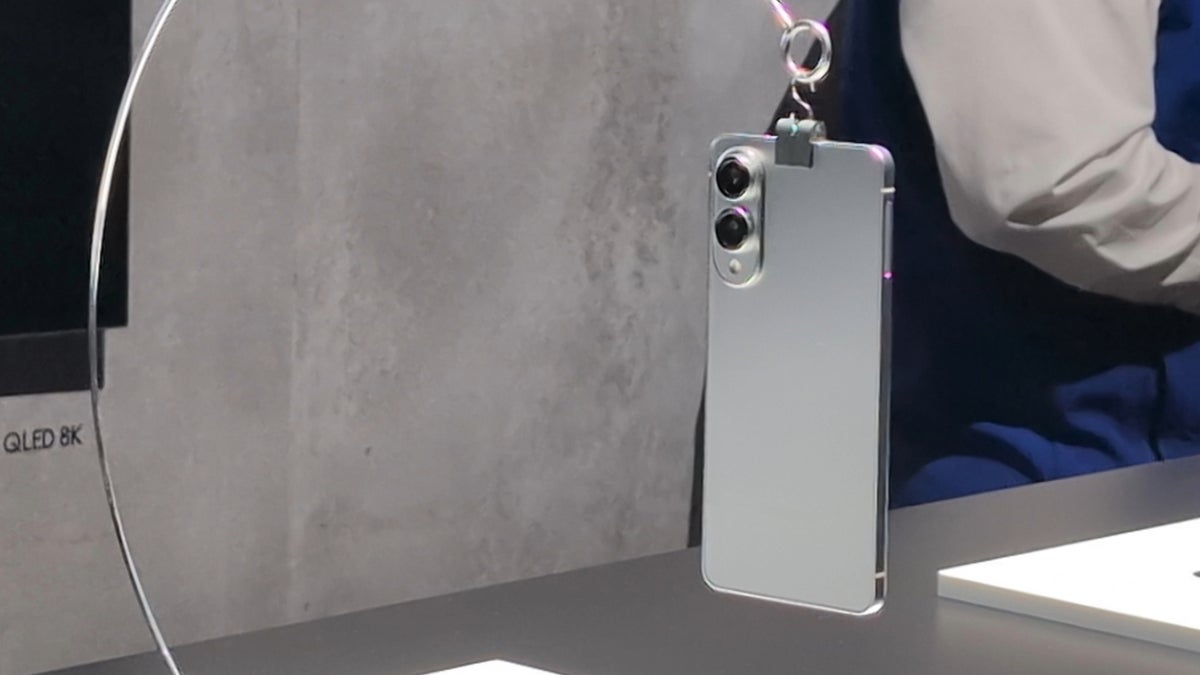
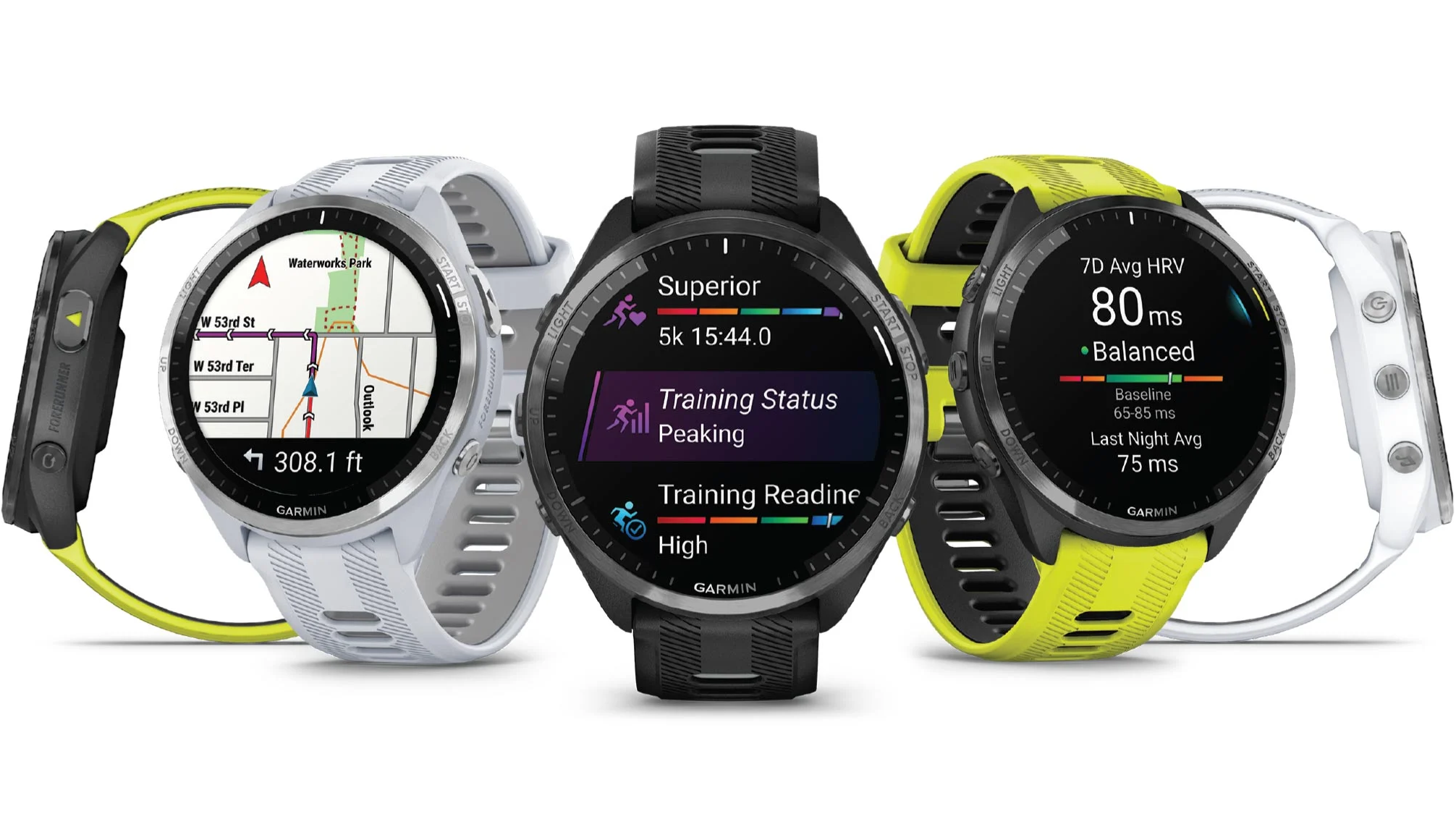






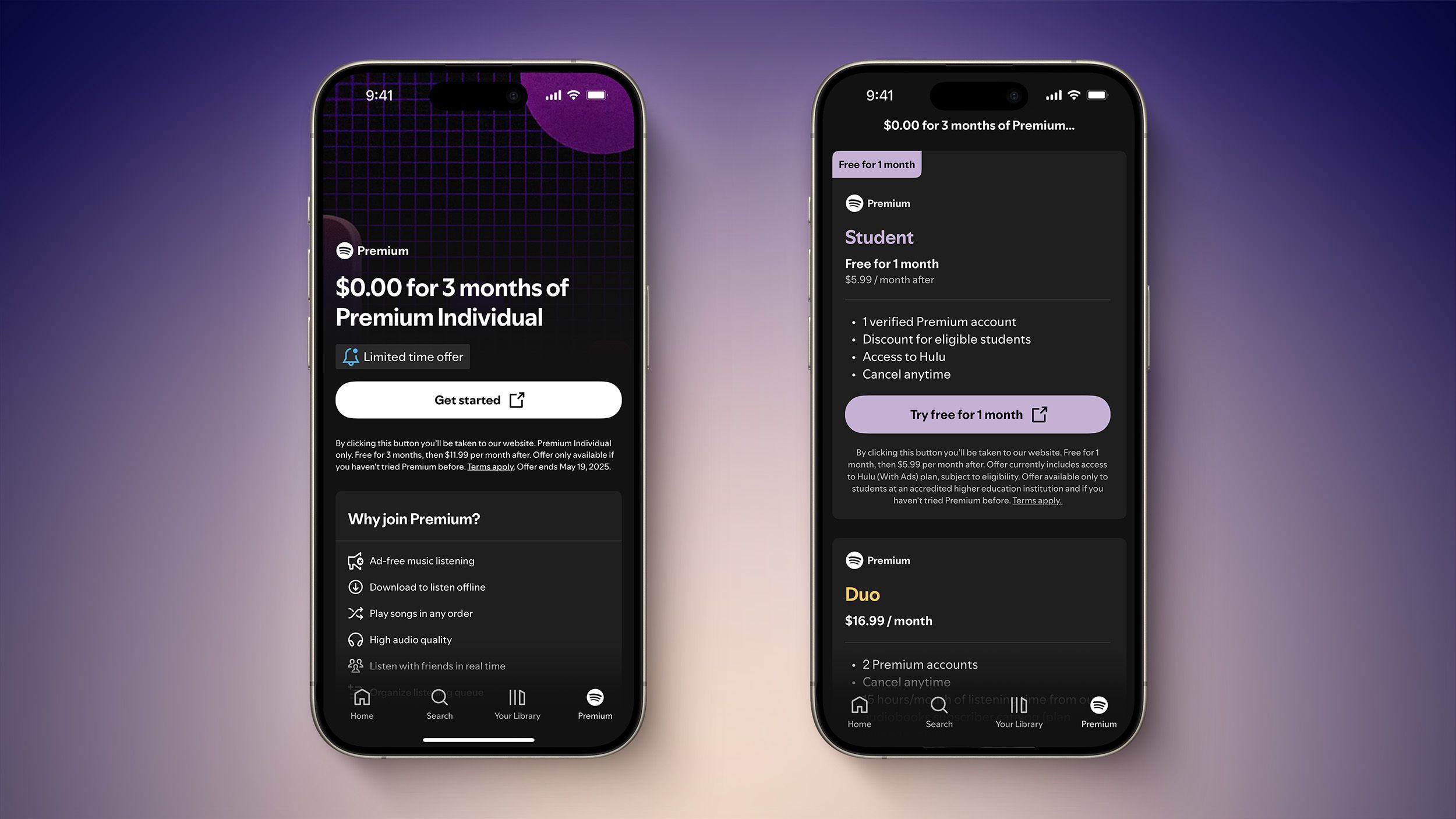
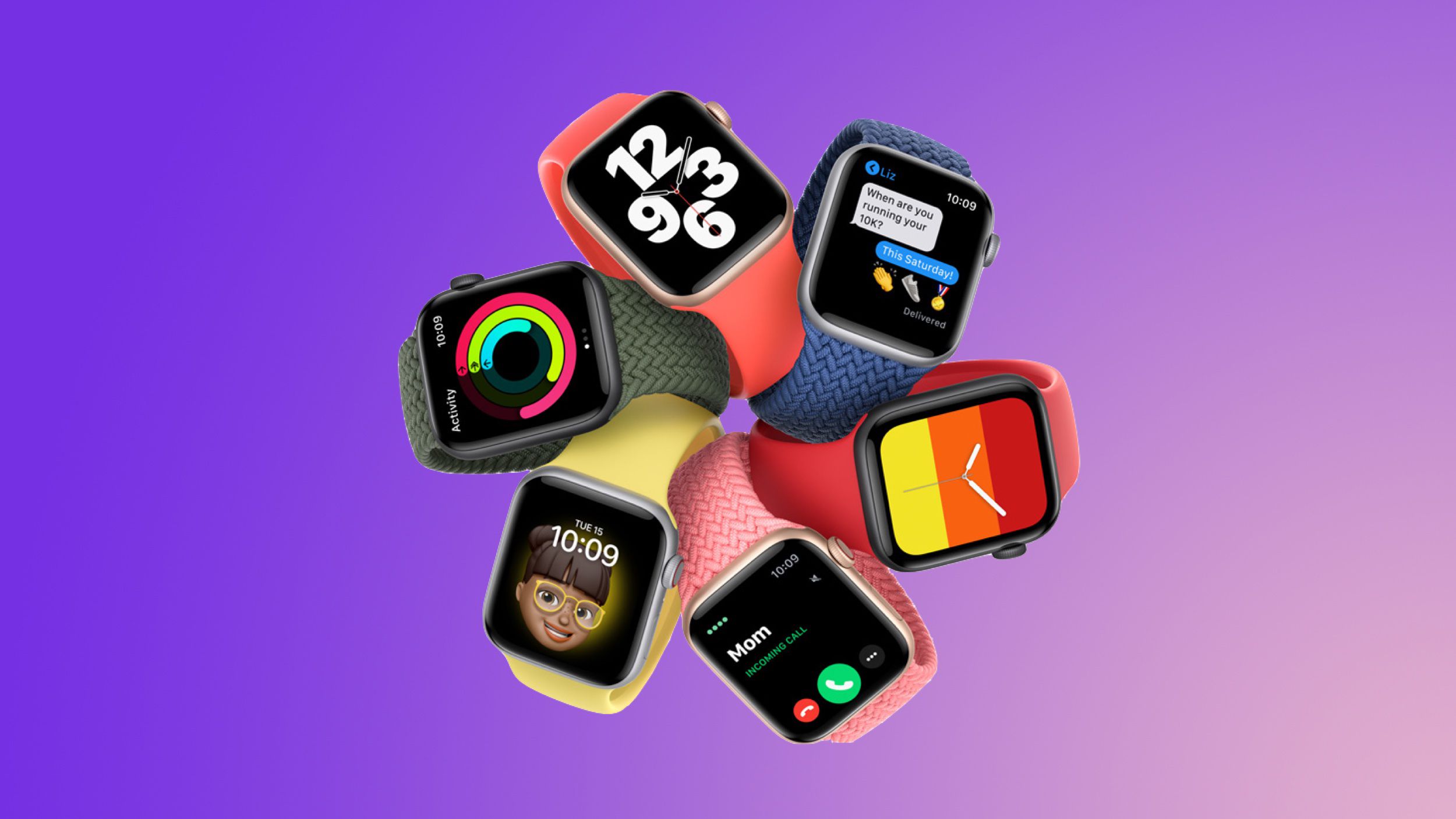


























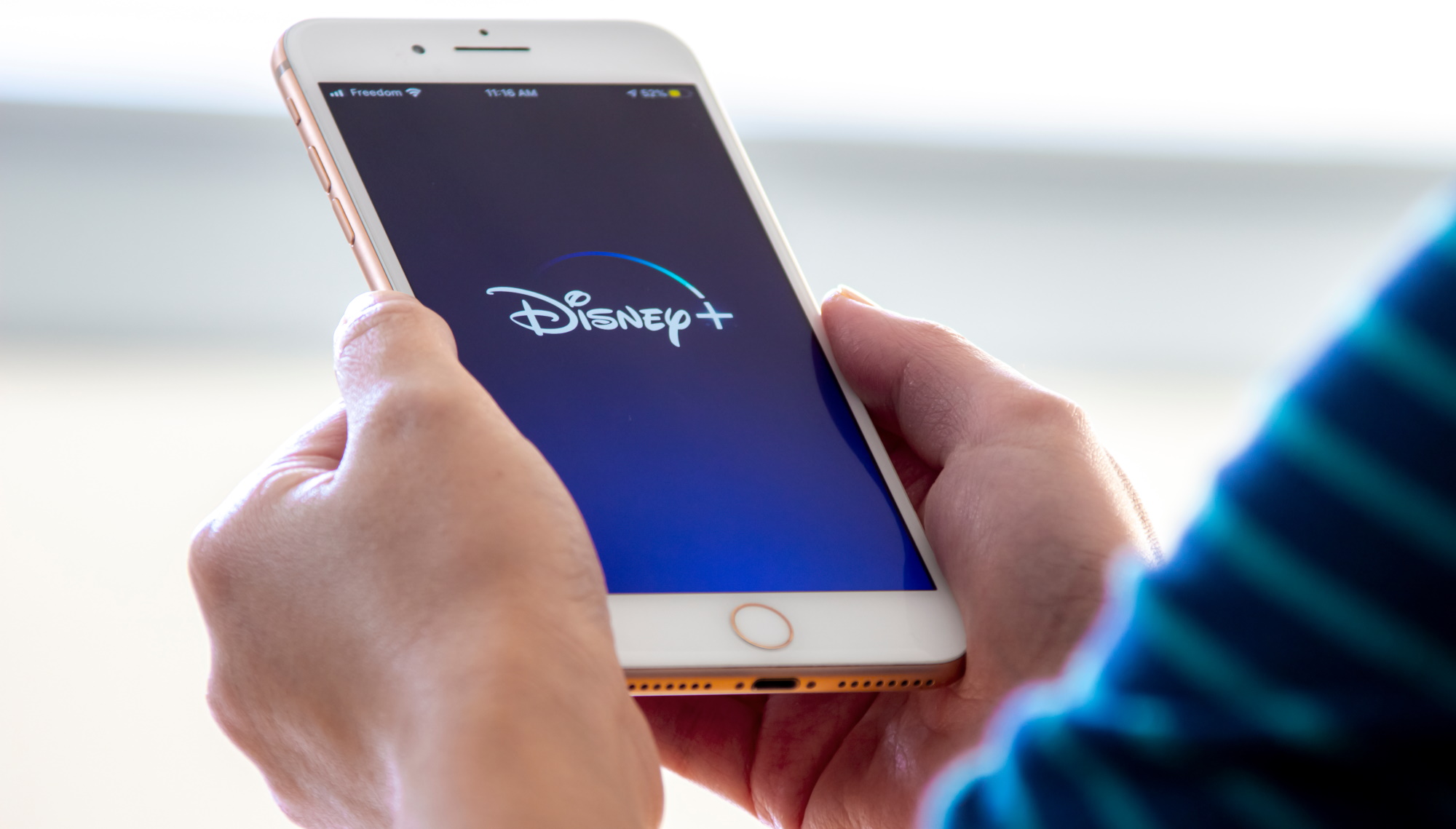
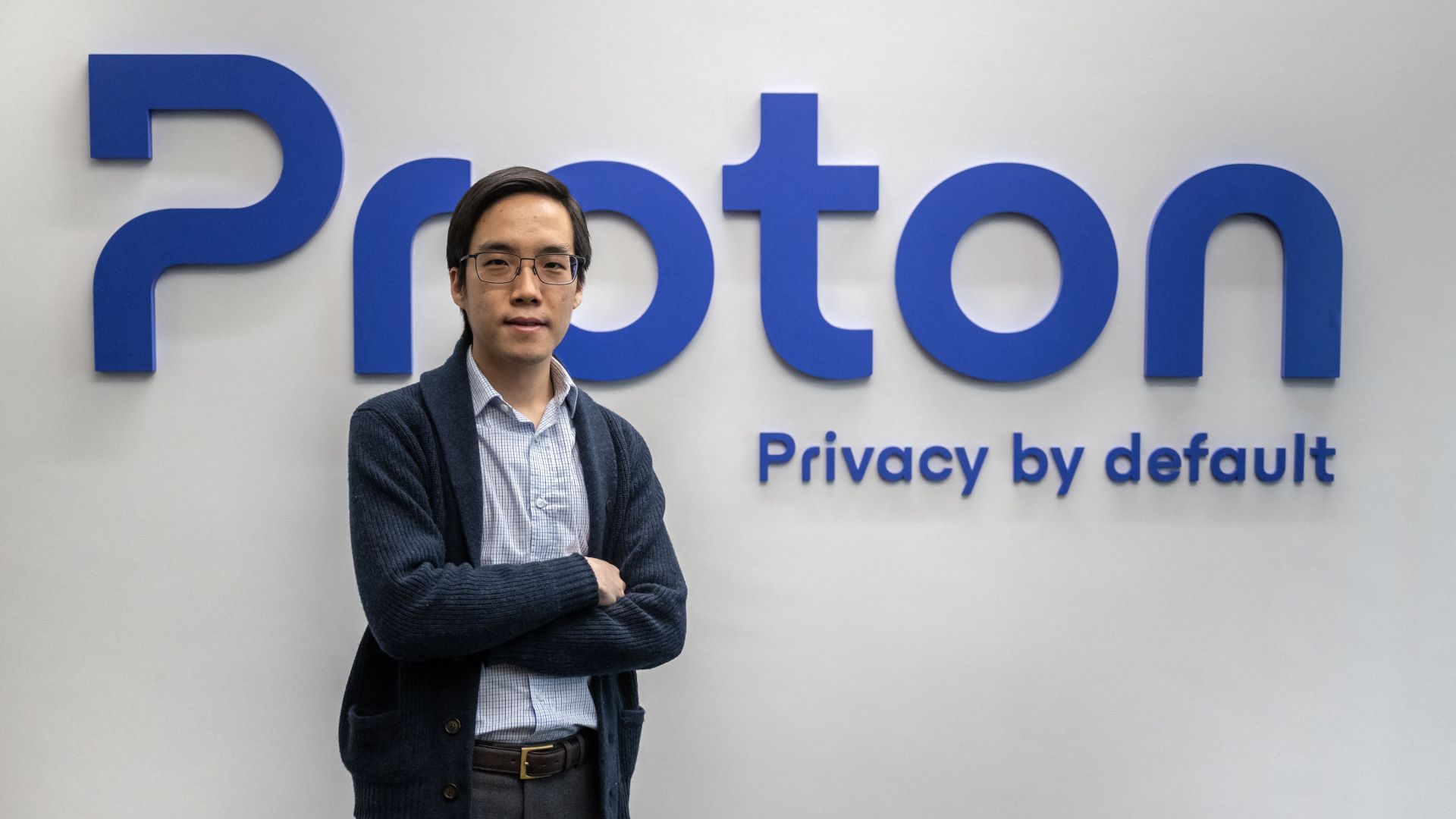



















![Apple Reports Q2 FY25 Earnings: $95.4 Billion in Revenue, $24.8 Billion in Net Income [Chart]](https://www.iclarified.com/images/news/97188/97188/97188-640.jpg)











![Here’s the Pebble smartwatch reboot in action, and how much tariffs might cost you [Video]](https://i0.wp.com/9to5google.com/wp-content/uploads/sites/4/2025/03/core-2-duo-smartwatch-3.jpg?resize=1200%2C628&quality=82&strip=all&ssl=1)








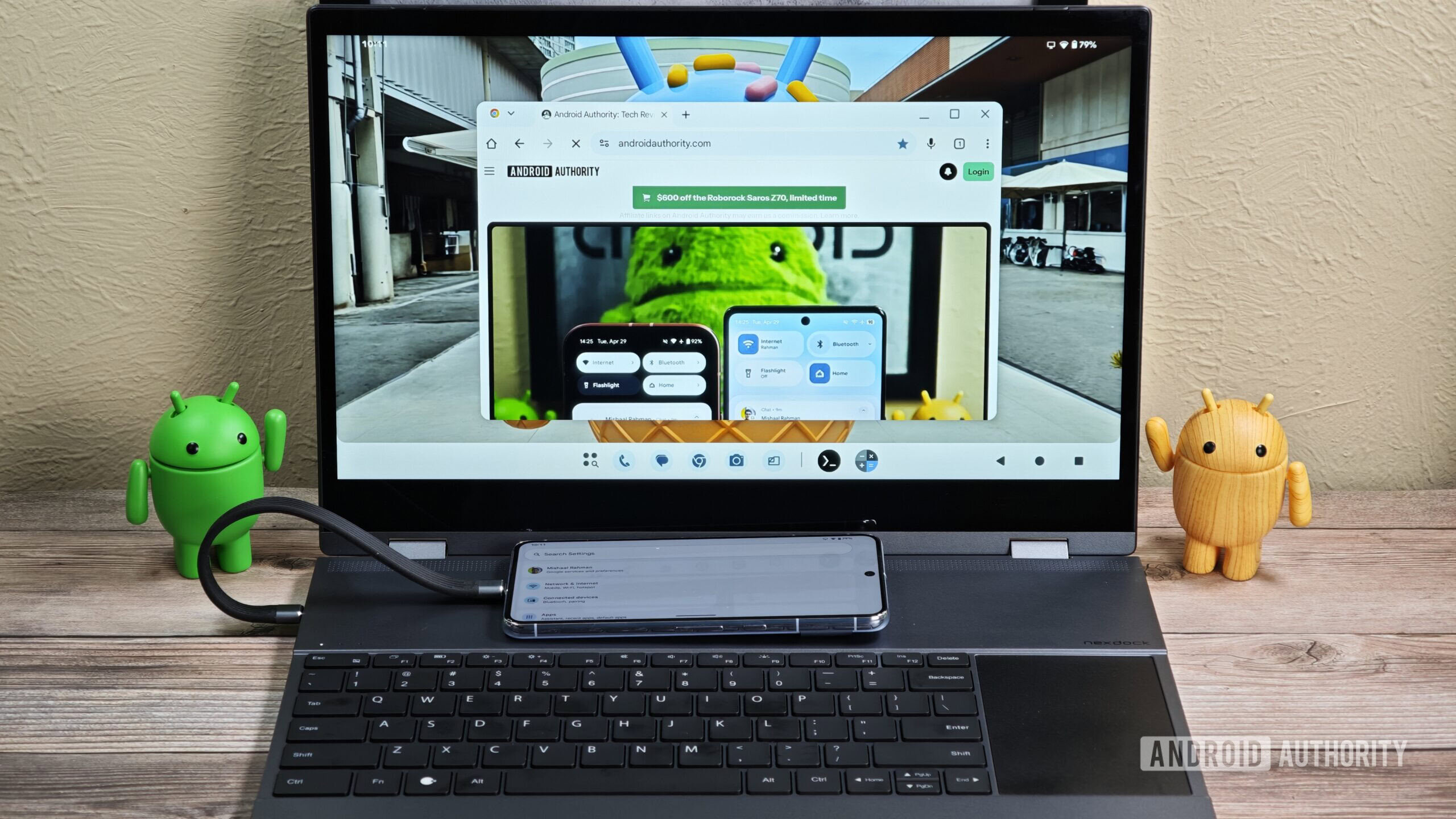


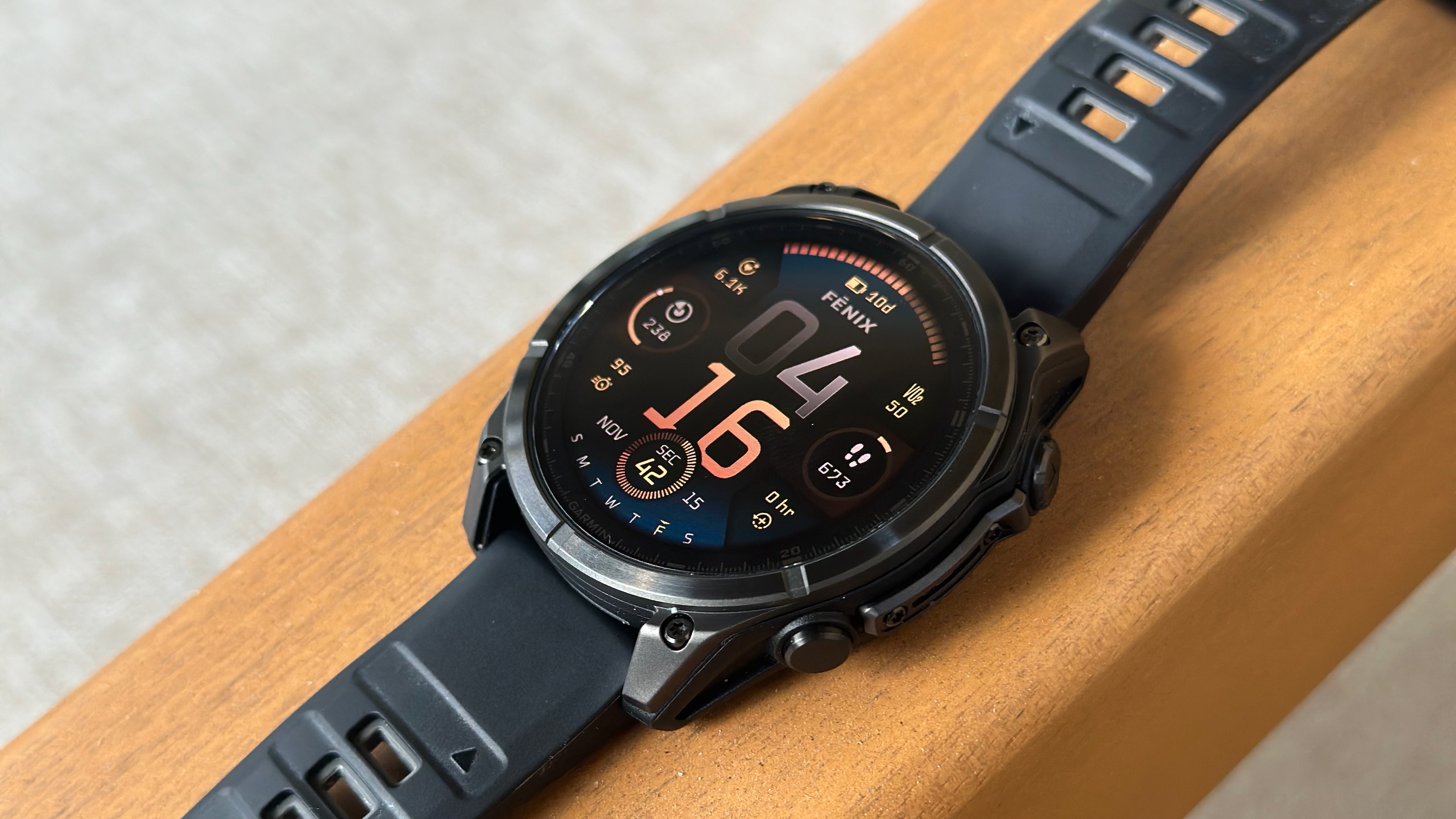














































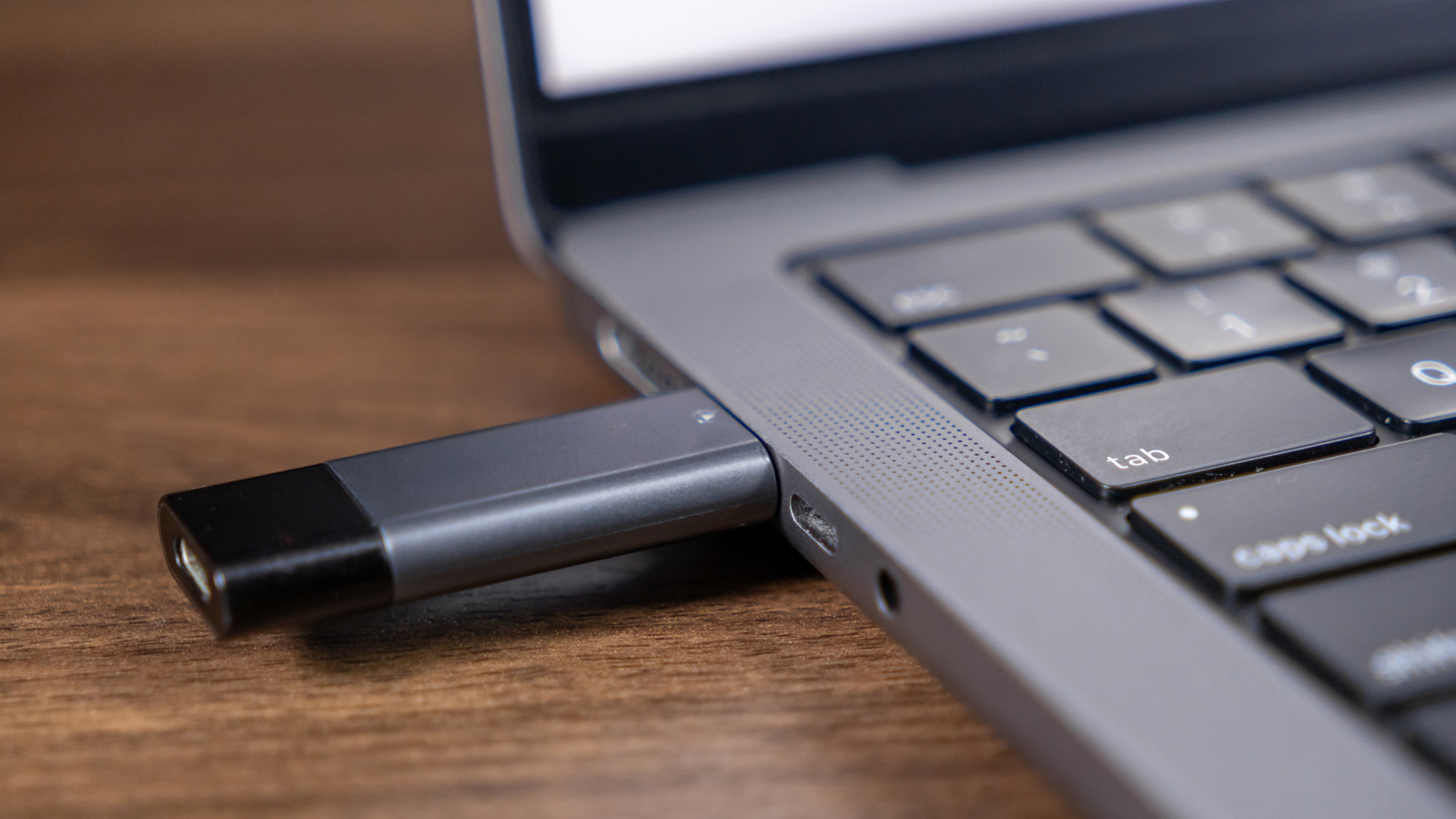
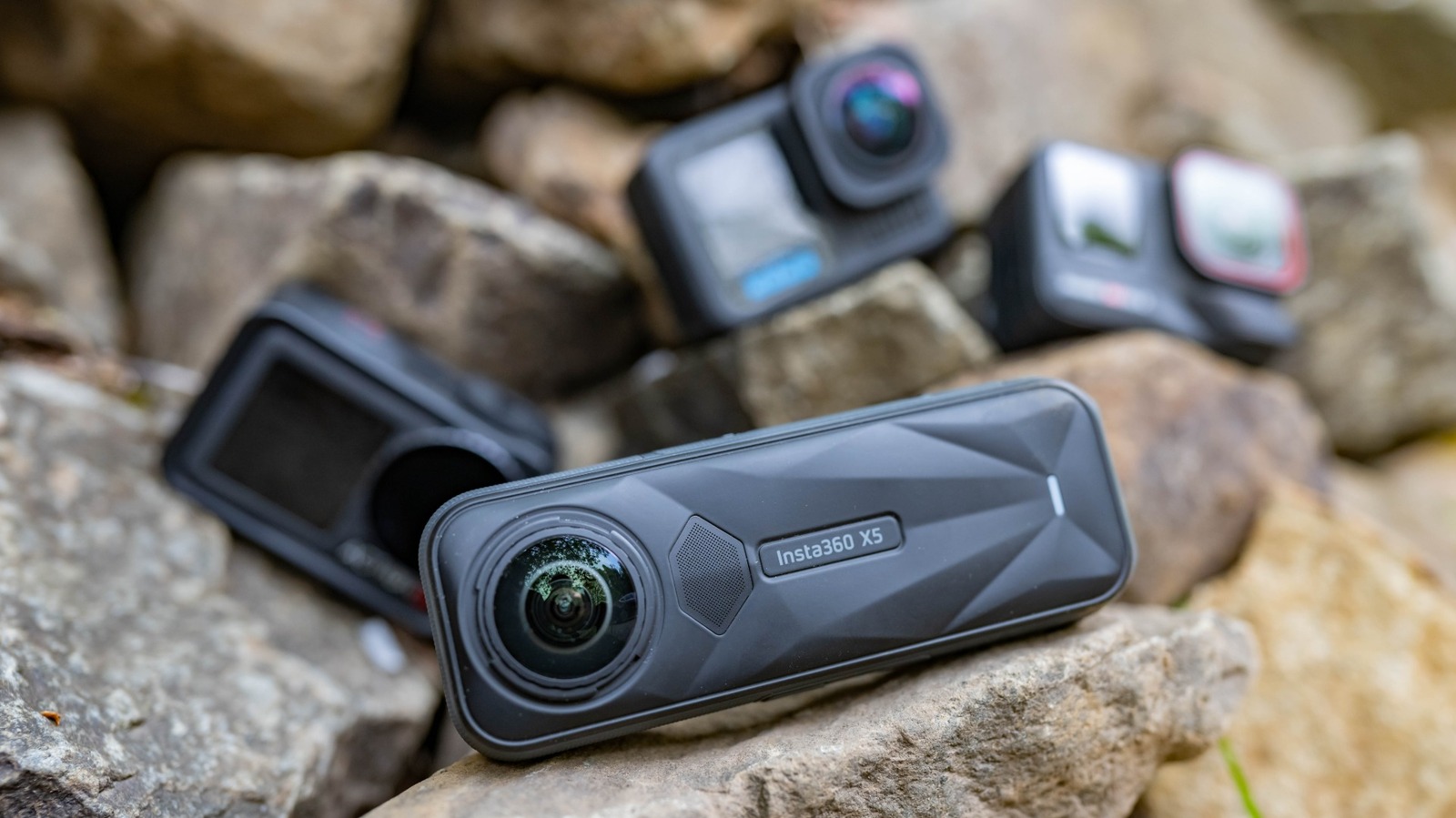




































































































































































![[The AI Show Episode 145]: OpenAI Releases o3 and o4-mini, AI Is Causing “Quiet Layoffs,” Executive Order on Youth AI Education & GPT-4o’s Controversial Update](https://www.marketingaiinstitute.com/hubfs/ep%20145%20cover.png)


































































































































































































































































